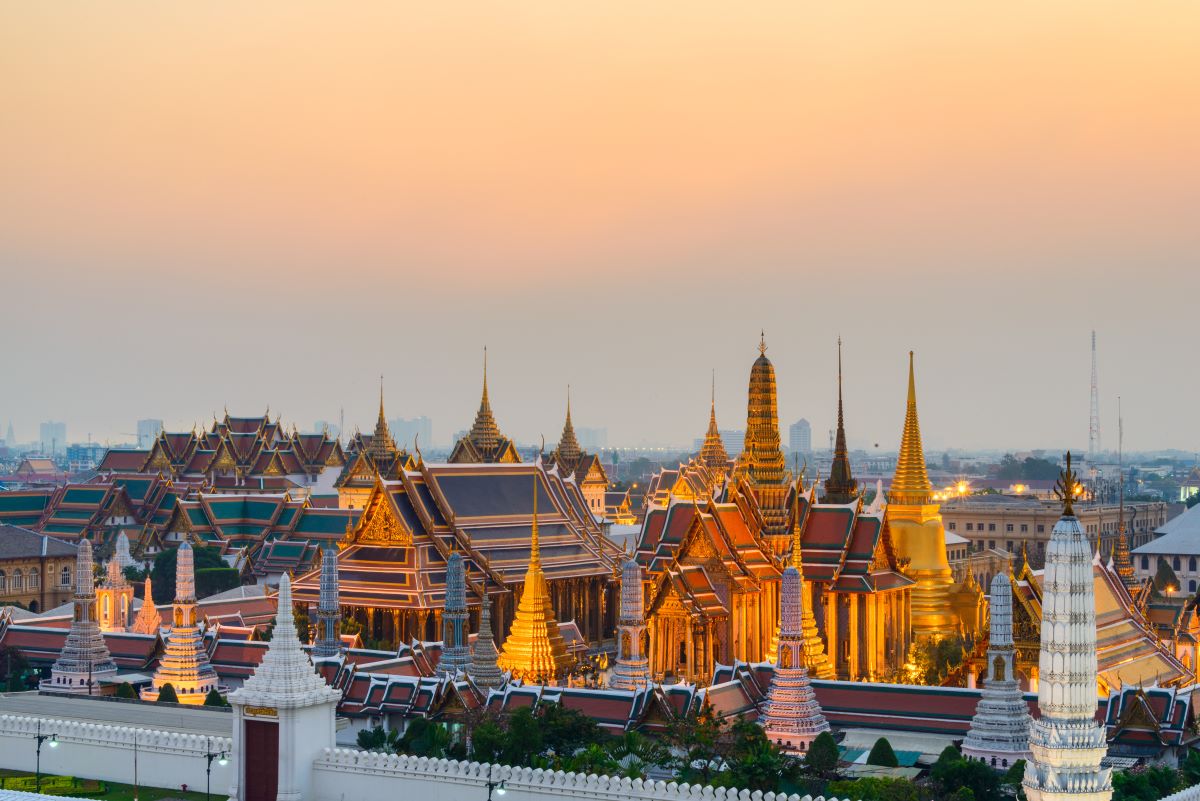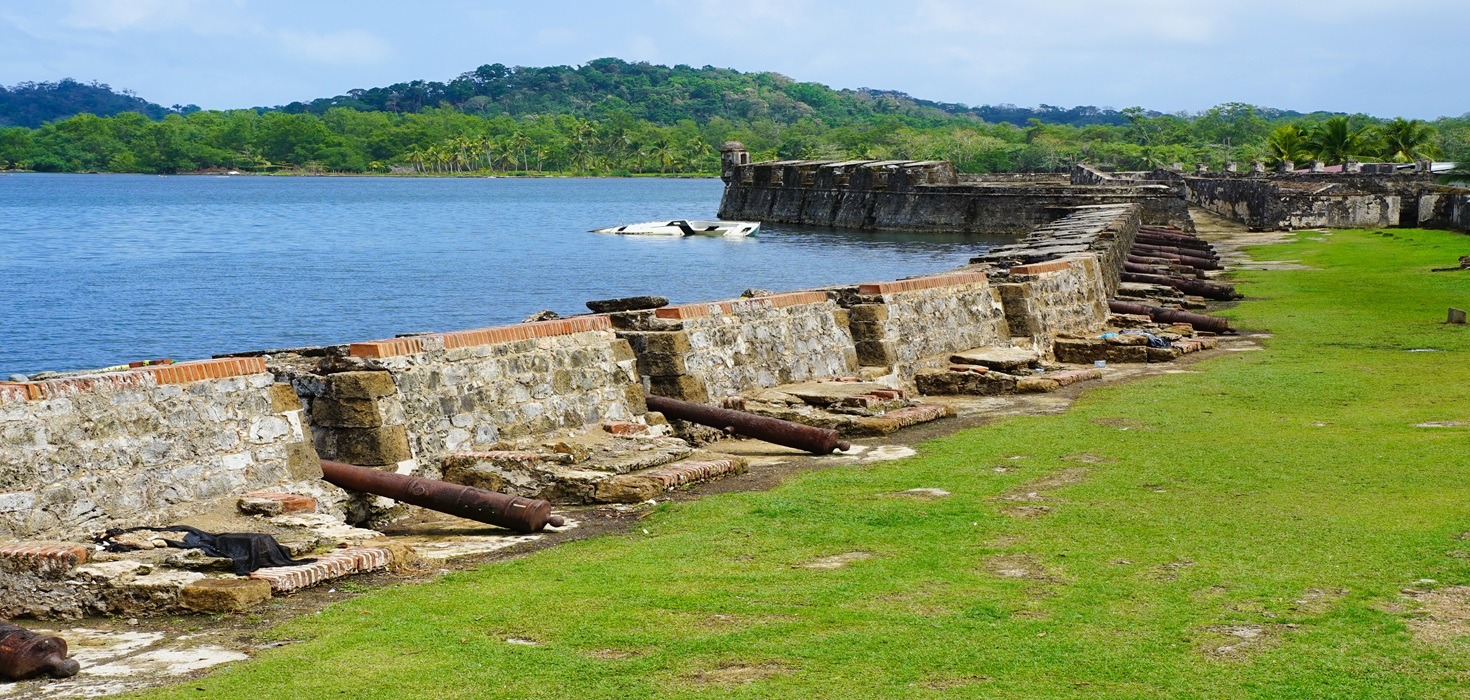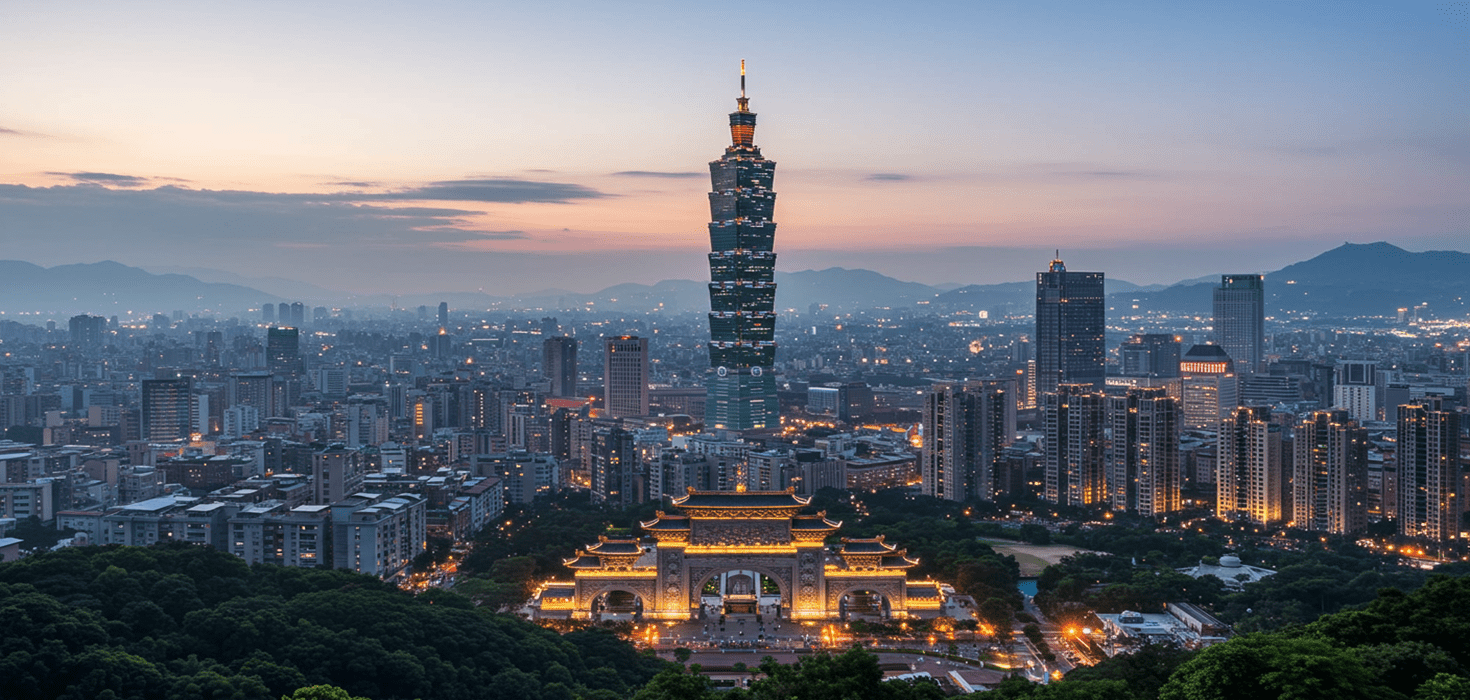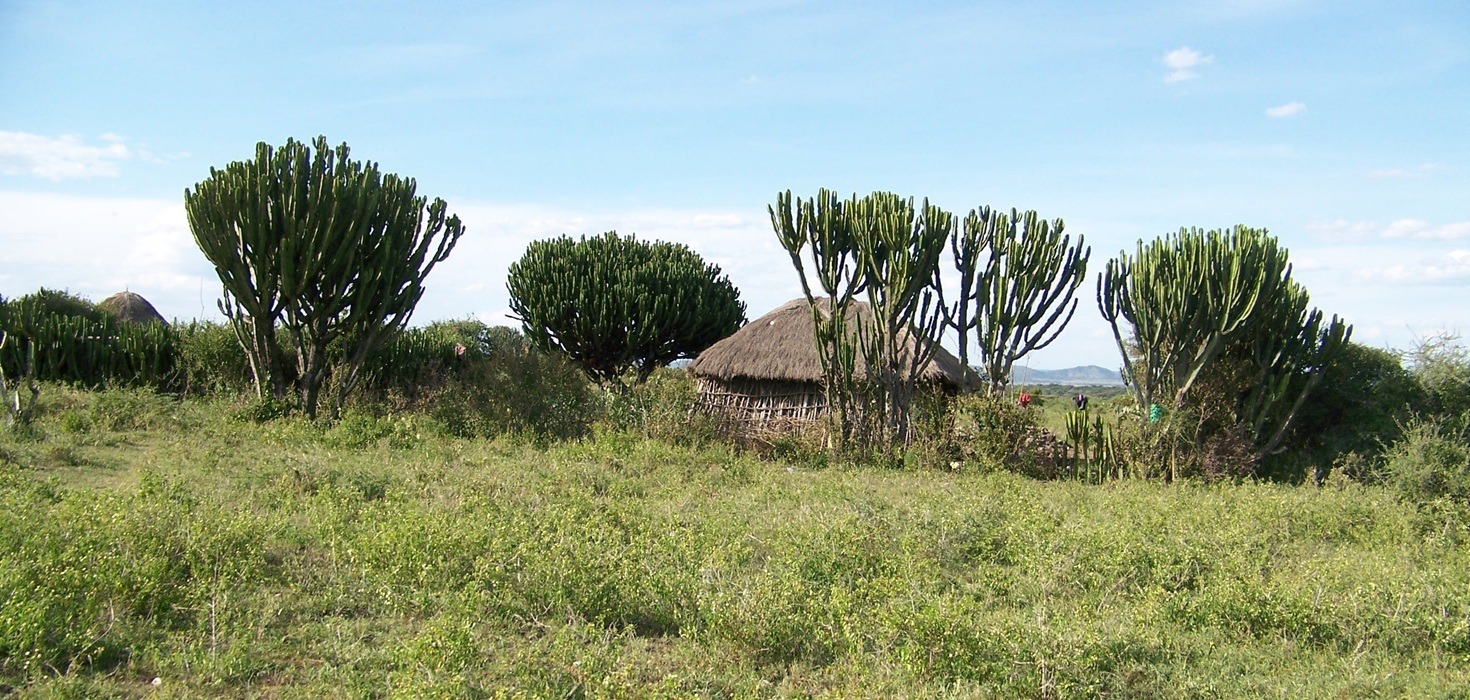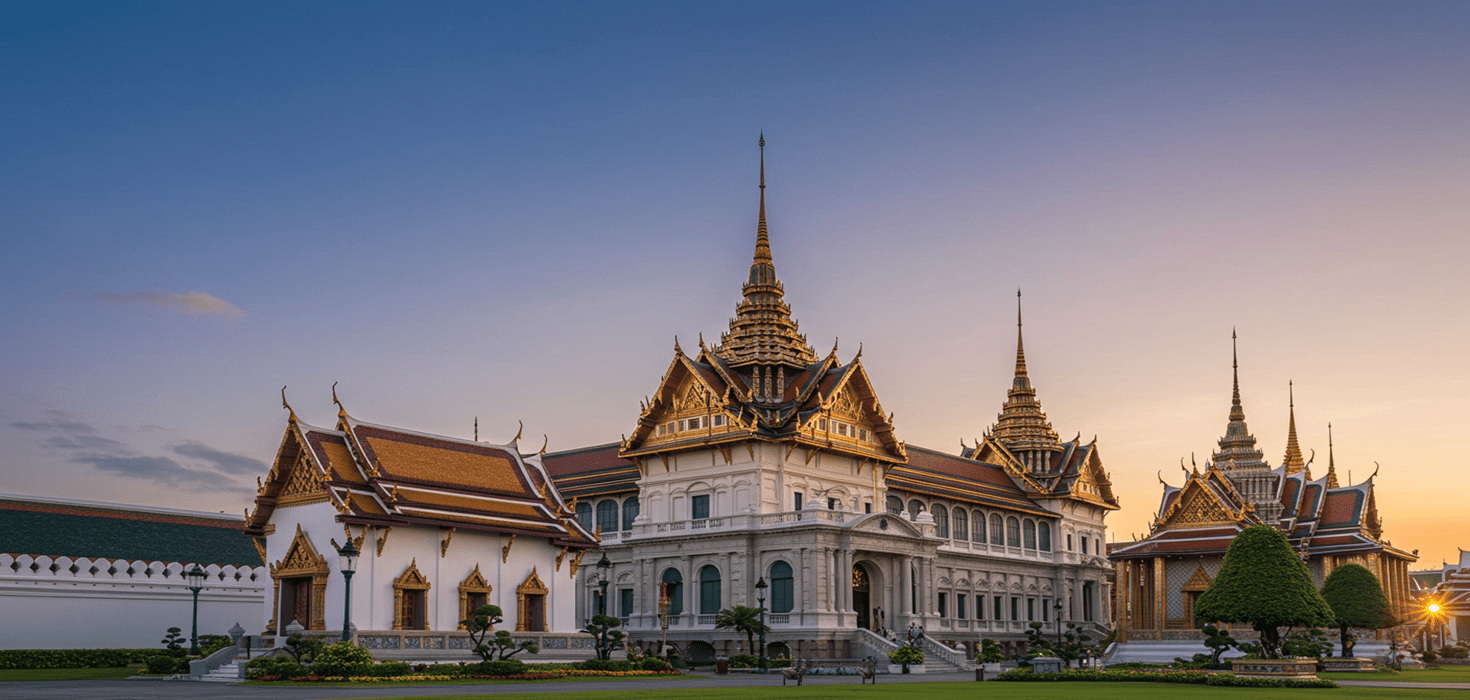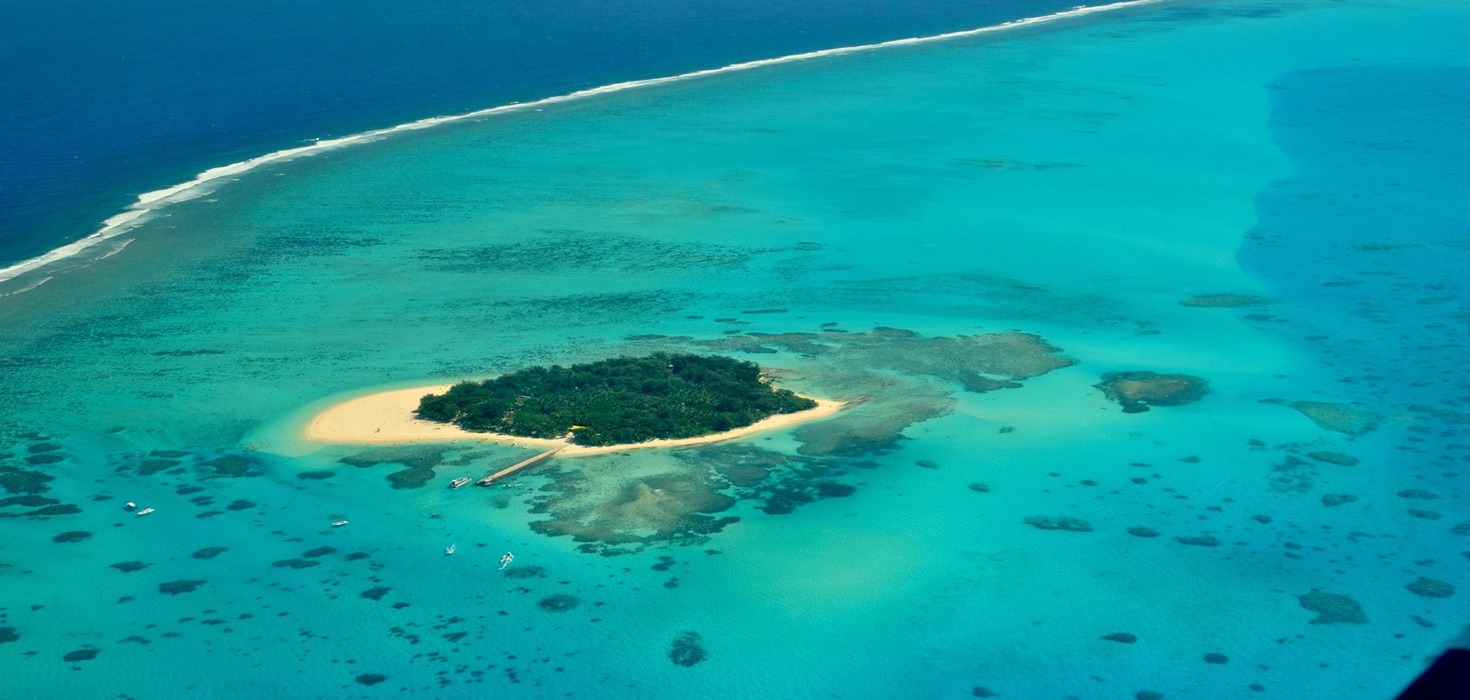Welcome to our ultimate guide to one of Bangkok’s (and Thailand’s) most cherished landmarks – the Grand Palace Bangkok. Nestled in the heart of Bangkok, the Grand Palace stands as a testament to the rich cultural heritage and architectural splendor of Thailand. This guide aims to provide a comprehensive look at everything you need to know for an unforgettable visit to the Grand Palace.
A Glimpse into History
The Grand Palace was constructed in 1782 during the reign of King Rama I, marking the founding of the Rattanakosin Kingdom. Over the centuries, it has served as the royal residence of the Kings of Siam (and later Thailand). The Grand Palace complex is a sprawling marvel of Thai architecture, featuring glittering spires, intricate designs, and lush gardens.
This majestic structure was the political and administrative hub for over 150 years and continues to host royal ceremonies and state functions. The intricate beauty of the Grand Palace reflects the country’s rich history and its vibrant culture.
What to See at the Grand Palace
Wat Phra Kaew (Temple of the Emerald Buddha)
The centerpiece of the Grand Palace complex is the Wat Phra Kaew, also known as the Temple of the Emerald Buddha. It houses the revered Emerald Buddha, a statue carved from a single block of jade, which dates back to the 14th century. This temple is not merely a tourist attraction but a significant religious site where Thais come to pay their respects.
The architectural splendor of Wat Phra Kaew is a sight to behold, with its glittering gold exteriors, intricate mosaics, and mythical statues. Remember to dress modestly when visiting, as it is a place of worship.
The Outer Court
The Outer Court, located near the entrance of the Grand Palace, is where you can find many government offices and the Royal Chapel. Traditionally, this area was reserved for activities vital to the country’s administration, including the treasury and the Army headquarters. Now, it offers visitors a glimpse into the grandeur of Thai royal history and architecture.
The Central Court
Next, make your way to the Central Court. It is the most important part of the Grand Palace as it houses the residence of the King and the main audience chambers. The Central Court’s most notable buildings include the Chakri Maha Prasat Hall, Borom Phiman Mansion, and Amarindra Winitchai Hall.
- Chakri Maha Prasat Hall: Known for its blend of Thai and European architectural styles. It once served as the royal residence of King Rama V.
- Borom Phiman Mansion: Built as King Rama VI’s residence. Today, it is used to host visiting heads of state.
- Amarindra Winitchai Hall: Used for coronations and other important state ceremonies.
The Inner Court
The Inner Court was previously the residence of the King’s consorts and daughters. Although the area is off-limits to the public, it’s interesting to note that it functioned as a “city within a city” with its own shops, schools, and places of worship. This separation highlights the strict traditional protocols that shaped the lives of the royal household.
Visitor Information and Tips
Dress Code
The Grand Palace is a place of reverence, so a strict dress code is enforced. Both men and women must wear clothing that covers their shoulders, legs, and feet. No shorts, sleeveless shirts, or open sandals are allowed. If you come inappropriately dressed, you will need to rent proper attire from the booths near the entrance.
Opening Hours and Ticket Information
The Grand Palace is open daily from 8:30 AM to 3:30 PM, except during special royal ceremonies. It is advisable to get there early to avoid the crowds. The entry fee is 500 THB per person, which includes access to the Temple of the Emerald Buddha and a few smaller exhibits. Tickets can be purchased on-site or online.
Best Time to Visit
The best time to visit the Grand Palace is early in the morning when it opens to avoid the heat and the tourist crowds. Weekdays are generally less crowded than weekends. Avoid visiting during Thai public holidays as it can get extremely crowded with both tourists and locals.
Guided Tours
While you can explore the Grand Palace on your own, guided tours are available and highly recommended. A good guide can provide invaluable insights into the historical and cultural significance of the various buildings and artifacts, making your visit even more enriching.


